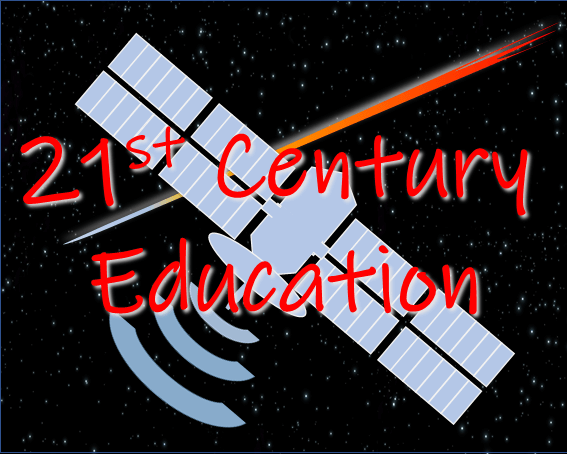Your basket is currently empty!
Category: 21st Century Education
-
A Future That Has No Boundaries
Preparing students for a future that they haven’t imagined. Where will your experience take you today? Digital learning is teaching that uses technology to improve a student’s learning experience. The emphasis is on high-quality instruction and provides challenging content. The student is assessed constantly and unobtrusively and feedback through formative assessment is almost instant. With…
-

Can Schools afford to avoid Digital Education
Each day students come to school bringing dreams hope seeking inspiration
-
The Future of Work – Part 2
Whether you believe it or not or whether you like it or not the future is going to disrupt your life. This means that we are definitely going to do things differently. This revolution has already started, and it is driven by AI – Artificial Intelligence. Through our smartphones and Apps we have readily accepted…
-
The Future of Work – Part 1
In this series we try to focus on “new Jobs” of the 21st Century Ricardo Hausmann, director of Harvard’s Centre for International Development and a Centre senior fellow, pointed out: How mechanization has reduced the work force The diminishing role of manufacturing in job creation means we must look to new pathways for moving people…
-
Is Digital Game-Based Learning (DGBL) the Future of Learning?
Let’s Understand What are Digital Games A computer game is defined as such because the activity has goals, is interactive and is rewarding (gives feedback). The gaming activities must offer the user the options to choose or define and then observe the newly created sequence. We describe computer games as being interactive based on a…
-

“Google it”
“The digital shift where we’re seeing information in different forms” When the teachers say: “Write a research paper.” Students hear: “Google it.” It’s no secret that today’s students conduct their research mostly through search engines. When you’ve got everything you could ever want to know right at your fingertips, why bother combing through online databases…
-
Are we ready for the 21st Century?
Nah not really Although the article is focused on South Africa it is equally relevant for most countries in the world The headlines scream: South Africa is the most unequal country in the world. A 2018 World Bank report on poverty and inequality in South Africa found that, in many ways, the legacy of apartheid…
-
Are you ready for tomorrow?
Are you ready for tomorrow—no matter what tomorrow brings? The Human Touch In a world filled with Artificial Intelligence, human contact and the personal touch will be more critical and sought after than ever – Technology will free up time for hotel staff to focus on what matters most: helping guests to connect with one…
-
What Is The Fourth Industrial Revolution Really?
I remember in the late 20th century one of my mentors giving us a demonstration lesson. He described the modern classroom, that we had so meticulously put together (to impress him) as boring. The class was covered in colourful charts that demonstrated a timeline of the years’ work progress. We mindful not to overdo it…
-
The Best Education System?
A New Way for 21st Century Teaching Finland’s education system is considered one of the best in the world. In international ratings, it’s always in the top ten. However, the authorities there aren’t ready to rest on their laurels, and they’ve decided to carry through a real revolution in their school system. Finnish officials want…
